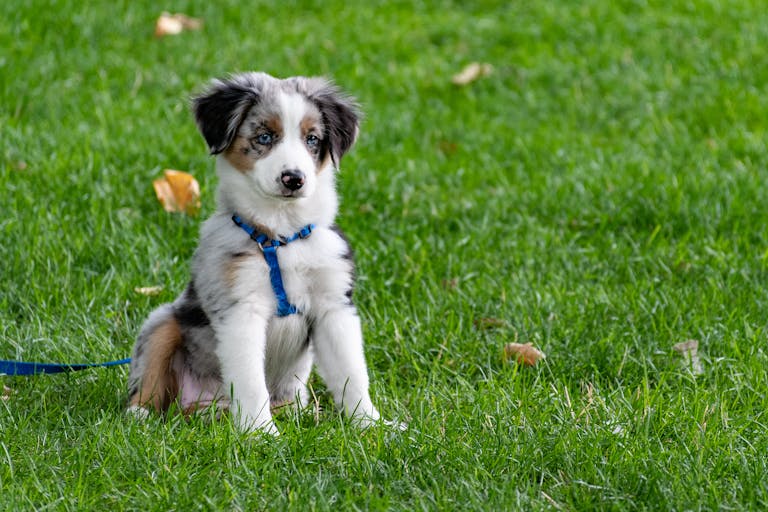The Importance of Brushing Your Dog: A Guide to Healthy, Happy Coats
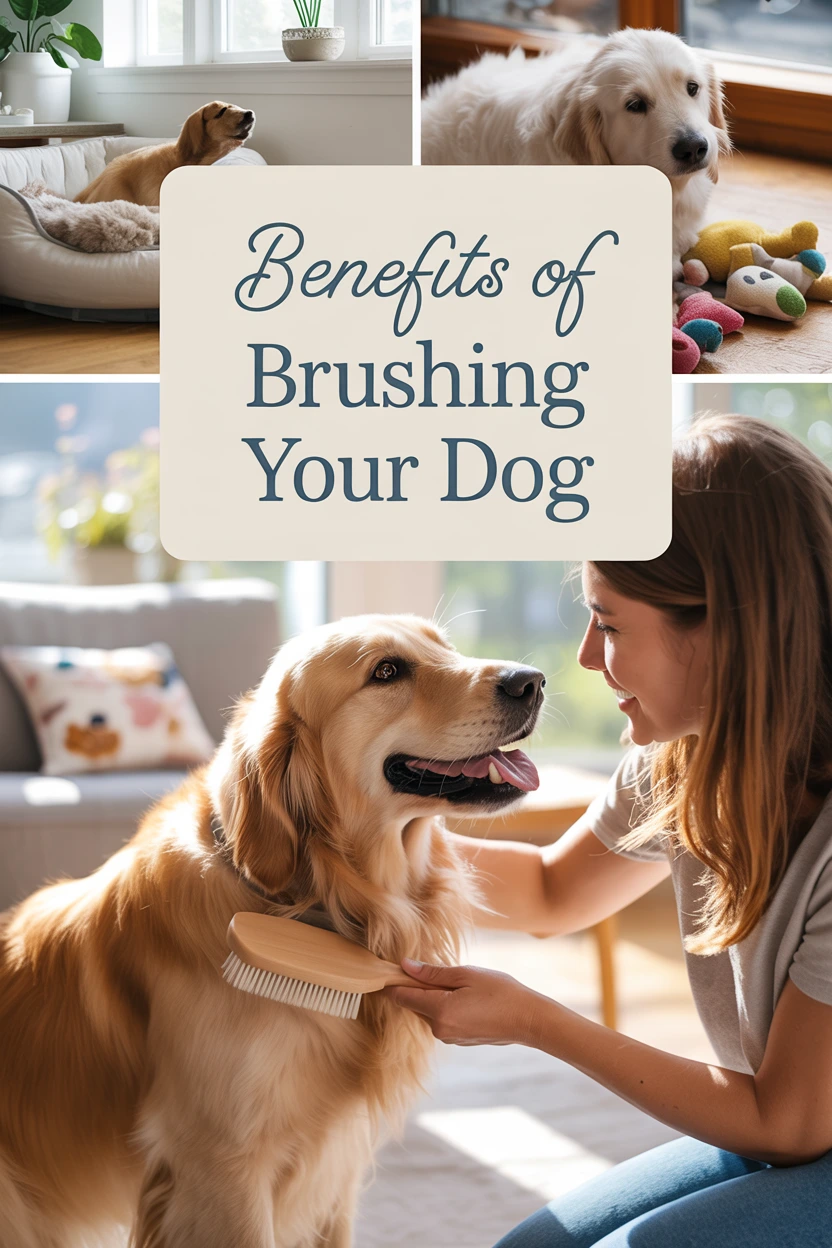
Brushing your dog isn’t just about keeping their coat shiny and smooth—it’s about showing love and care. Regular brushing is an essential part of dog grooming, and it provides numerous benefits that go beyond just aesthetics. From promoting healthy skin to strengthening your bond with your pet, brushing your dog is an act of care that both you and your furry friend can enjoy.
Why Brushing Your Dog Matters
When it comes to dog coat care, brushing is more than a routine task—it’s a way to promote overall health and happiness for your dog. Regular brushing removes loose hair, dirt, and debris, which helps prevent matting and tangling. This is especially important for dogs with longer coats. It also improves blood circulation, contributing to healthier skin.
But that’s not all! Brushing your dog also reduces the chances of skin irritations and conditions like hot spots, which can be painful for your dog. Plus, you’ll get a closer look at their skin and coat, allowing you to spot any potential issues like fleas, ticks, or abnormalities early on.
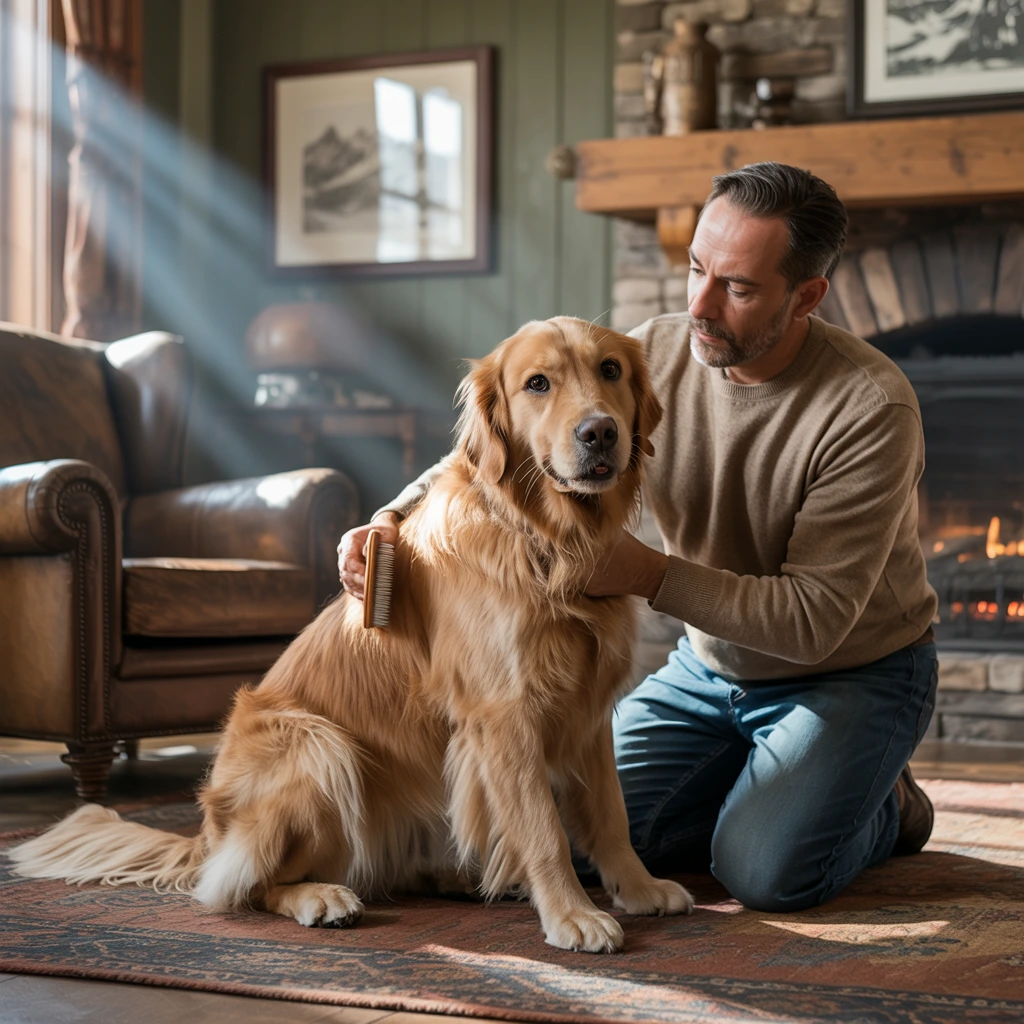
How Often Should You Brush Your Dog?
The frequency of brushing your dog depends on their breed, coat type, and activity level. Some dogs need daily brushing, while others only require it once a week. For instance:
- Long-haired breeds (like Shih Tzus, Poodles, or Collies) may need daily brushing to prevent mats and tangles.
- Short-haired breeds (like Beagles, Boxers, or Dachshunds) generally need brushing once a week to remove dead hair and keep their coat healthy.
Regular brushing isn’t just about appearance—it’s about keeping your dog’s skin healthy and reducing the amount of shedding in your home. If your dog sheds a lot, brushing can make a huge difference in the cleanliness of your home, too.
Choosing the Right Brush for Your Dog
Not all brushes are created equal, and choosing the right one for your dog’s coat is essential. If you’re unsure, consult a vet or groomer, but here are some common brushes and their uses:
- Slicker Brushes: Great for long-haired breeds or dogs with thick coats. They effectively remove mats and tangles while smoothing the coat.
- Pin Brushes: Ideal for medium to long coats. Pin brushes help detangle and fluff the coat, giving it that shiny look.
- Bristle Brushes: Best for short-haired breeds. They help remove loose hair and dirt while giving your dog’s coat a healthy shine.
- Undercoat Rakes: Perfect for dogs with dense undercoats like Huskies or German Shepherds. These brushes help remove dead hair from the undercoat and reduce shedding.
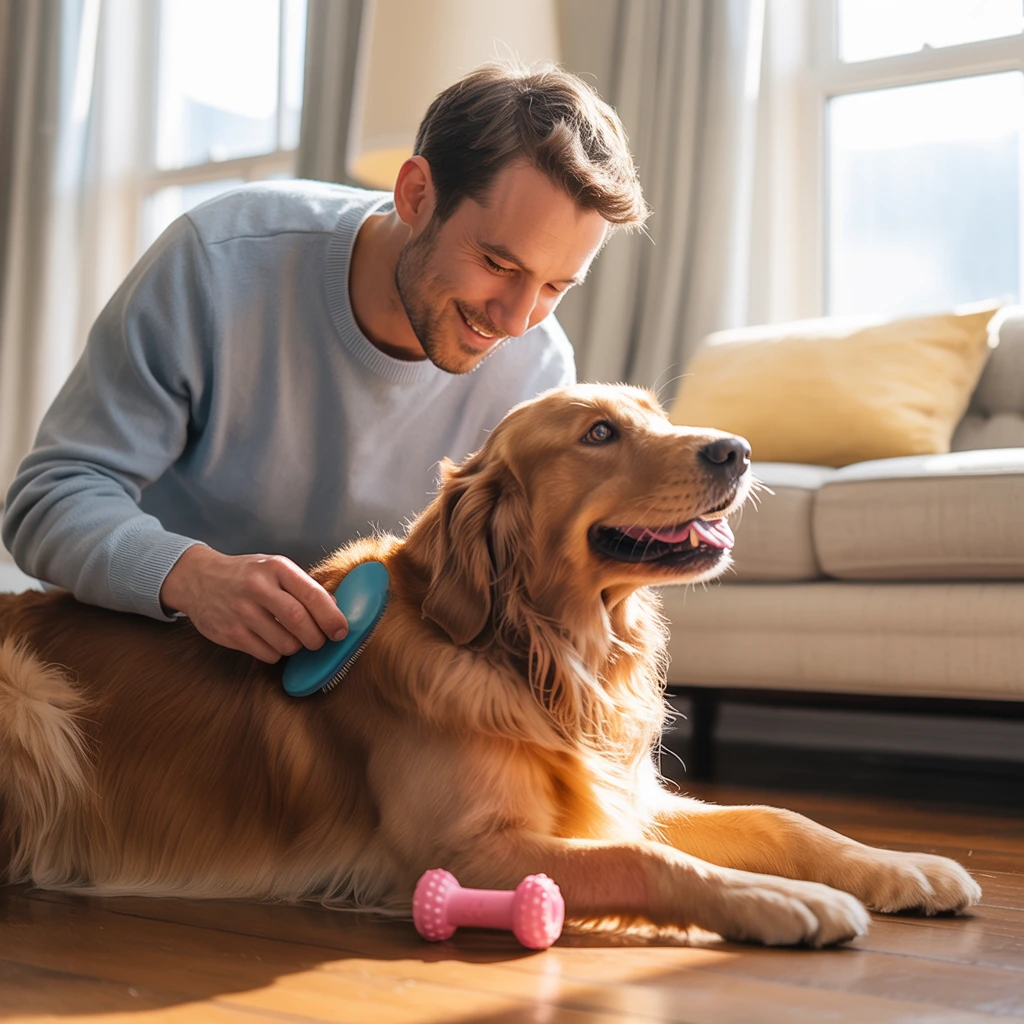
It’s essential to choose a brush suited to your dog’s needs. Using the wrong type of brush can cause discomfort and even lead to skin irritation.
The Bonding Experience of Brushing Your Dog
Brushing your dog isn’t just about hygiene—it’s an opportunity for you to bond with your pet. Dogs love the attention, and brushing can be a relaxing experience for both of you. Make it a special time for cuddles and affection, and your dog will look forward to each brushing session. The positive reinforcement of gentle touch builds trust between you and your furry friend, fostering a deep emotional connection.
During brushing, you can also check your dog for any unusual lumps, bumps, or irritations on their skin. Regularly touching your dog’s body in a calm, affectionate way helps both you and your dog feel more connected and aware of any changes in their health.
Benefits of Brushing Beyond the Coat
While brushing mainly focuses on coat care, it has a few surprising additional benefits:
- Reduces Shedding: Brushing removes dead hair and minimizes shedding around your home.
- Improves Circulation: The act of brushing stimulates your dog’s skin, improving blood flow and promoting healthy skin.
- Reduces Allergies: Regular brushing can help reduce the number of allergens (like dander) in your home, which benefits both you and your dog.
- Preventative Care: Checking for skin irritations, bumps, or parasites during brushing means you can address potential health issues before they become serious.
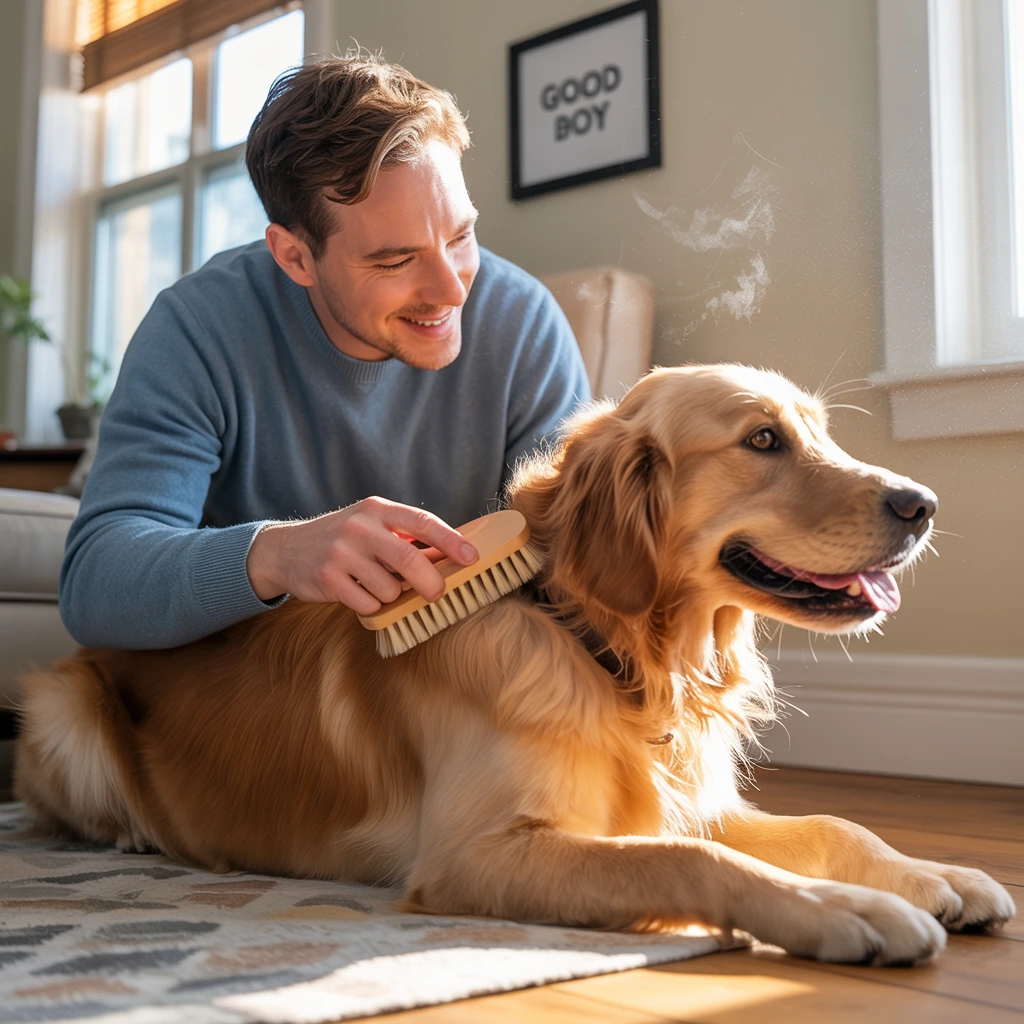
How to Make Brushing Enjoyable for Your Dog
The key to successful brushing is creating a positive, enjoyable experience. Start by introducing your dog to the brush slowly, and give them treats or praise during and after each session. Start with short brushing sessions, and gradually increase the time as your dog gets more comfortable.
If your dog is particularly sensitive, use a gentle brush and avoid pulling on tangles. Patience and consistency are key, and over time, your dog will learn to enjoy the process. Brushing doesn’t have to be a chore—it can be a bonding time for both of you!
When to Seek Professional Grooming Help
While brushing at home is a great practice, some dogs may need professional grooming, especially if their coat is particularly long, thick, or prone to heavy matting. Professional groomers are skilled at handling difficult mats and ensuring your dog’s coat stays in optimal condition. If you’re unsure about how to properly care for your dog’s coat, a professional can offer guidance.
Conclusion
Brushing your dog is more than just a way to keep their coat shiny—it’s an essential part of maintaining their overall health and well-being. With the right tools, frequency, and a little patience, you can make brushing a positive, enjoyable experience for both you and your pet. Whether you’re helping with dog grooming or simply bonding with your furry friend, regular brushing plays a huge role in keeping your dog happy and healthy.

